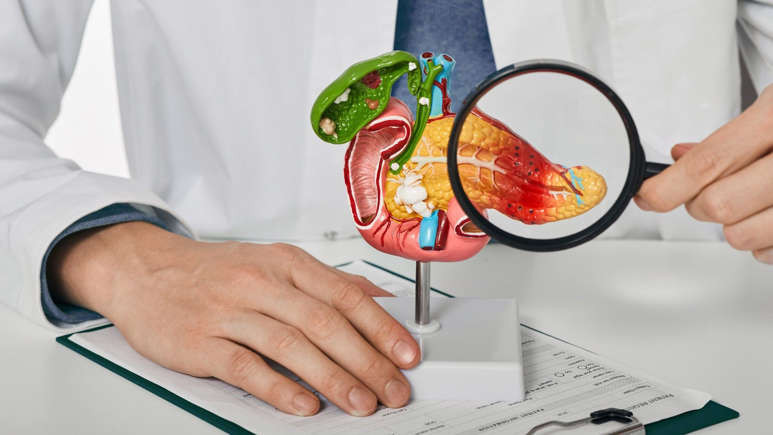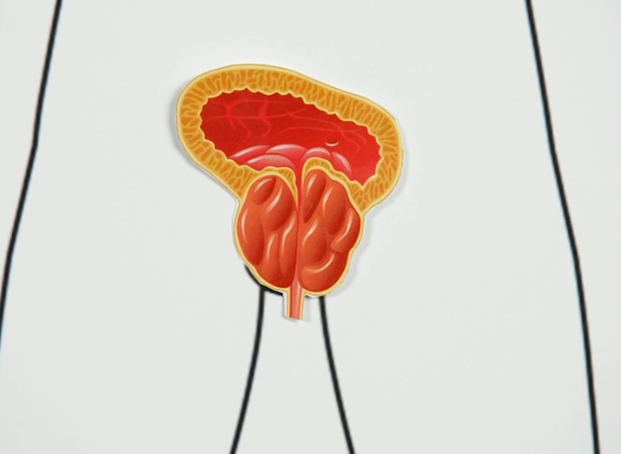A test that spots dangerous prostate cancer tumours has been developed by doctors.
Current methods mean that differentiating between harmless and aggressive prostate tumours is incredibly difficult – especially at an early stage.
For some men, the tumour can be lethal, while in others they grow slowly and may never cause any problems. As a result, as many as 20,000 men a year undergo unnecessary surgery or radiotherapy.
Currently, doctors can determine the size of a tumour – but not how active it is – by giving a patient an injection of a special solution and then an MRI scan.
But in a trial, Cambridge University researchers attached a non-radioactive form of carbon, called carbon-13, to a sugar-like molecule and injected it into a vein near the tumour.
They discovered that if the carbon-13 was retained by the tumour, it indicated there was a high amount of lactate being produced – a sign that the cancer is aggressive.
Dr Nikita Sushentsev, who was involved in the study, said the breakthrough puts doctors one step closer to being able to ‘distinguish the tigers from pussycats’ in prostate cancer.
About 52,000 men are diagnosed with prostate cancer every year in the UK and roughly 30,000 of those have low-risk tumours.
Source: Cambridge University





